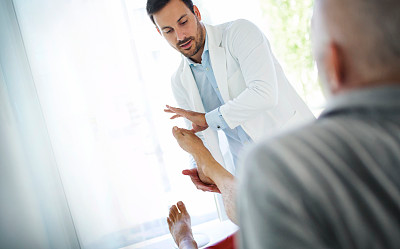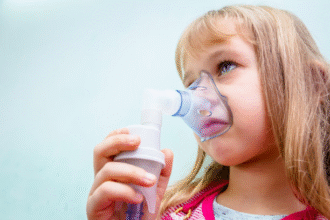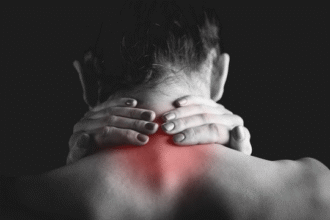Introduction
Osteoporosis is a systemic skeletal disorder characterized by decreased bone mass and deterioration of bone microarchitecture, resulting in enhanced bone fragility and increased fracture risk. As the global population ages, osteoporosis has emerged as a leading cause of morbidity, disability, and health care burden.
Epidemiology and Risk Factors
Prevalence: Approximately 200 million individuals worldwide; lifetime risk of osteoporotic fracture is ~30–50% in women and 15–30% in men.
Non-modifiable Risk Factors: Age >65 years, female sex, white or Asian ethnicity, family history of hip fracture, early menopause (<45 years).
Modifiable Risk Factors: Low body mass index (BMI <20 kg/m²), smoking, excessive alcohol intake (>3 units/day), vitamin D deficiency, sedentary lifestyle, low calcium intake, chronic glucocorticoid use.
Pathophysiology
Bone remodeling is governed by the balance between osteoclast-mediated resorption and osteoblast-driven formation. In osteoporosis, bone resorption outpaces formation due to hormonal changes (e.g., estrogen deficiency), inflammatory cytokines, and age-related decline in osteoblast function. Microarchitectural disruption leads to compromised bone strength.
Clinical Presentation
Osteoporosis is often clinically silent until fractures occur. Common presentations include:
1. Vertebral Compression Fractures
- Sudden onset back pain, height loss, kyphosis (“dowager’s hump”), reduced respiratory capacity.
2. Peripheral Fractures
- Hip fractures: associated with high morbidity and a 1-year mortality rate of ~20%.
- Distal radius (Colles’) fractures after minimal trauma.
3. Chronic Pain and Disability
- Vertebral fractures may present subacutely, leading to persistent pain and reduced quality of life.
Diagnosis
- Bone Mineral Density (BMD): Dual-energy X-ray absorptiometry (DXA) at the lumbar spine and hip. T-score ≤ –2.5 defines osteoporosis; –1.0 to –2.5 indicates osteopenia.
- Vertebral Imaging: Lateral spine X-rays or vertebral fracture assessment if height loss or back pain is present.
- Biochemical Markers: Serum calcium, 25-hydroxyvitamin D, parathyroid hormone, thyroid function tests; markers of bone turnover (e.g., PINP, CTX) are optional.
Risk Assessment Tools
- FRAX: Calculates 10-year probability of hip and major osteoporotic fractures based on clinical risk factors, with or without BMD.
Management
Non-pharmacologic Interventions
- Adequate calcium intake (1,000–1,200 mg/day) and vitamin D supplementation (800–1,000 IU/day).
- Weight-bearing and muscle-strengthening exercise programs.
- Fall prevention strategies: home safety evaluation, vision correction, balance and gait training.
Pharmacologic Therapies
- Bisphosphonates: Alendronate 70 mg weekly or risedronate 35 mg weekly; first-line agents that inhibit osteoclast-mediated resorption.
- Denosumab: 60 mg subcutaneously every 6 months; monoclonal antibody to RANKL.
- Parathyroid Hormone Analogues: Teriparatide 20 µg daily subcutaneously for up to 24 months; anabolic effect on bone formation.
- Selective Estrogen Receptor Modulators: Raloxifene 60 mg daily; beneficial in postmenopausal women at risk for vertebral fractures.
- Hormone Replacement Therapy: Consider in younger postmenopausal women with significant vasomotor symptoms and low fracture risk.
Monitoring and Follow-Up
- Reassess BMD by DXA every 1–2 years based on risk and therapy duration.
- Monitor adherence, renal function, calcium levels, and potential adverse effects.
- Evaluate the need for “drug holidays” after 3–5 years of bisphosphonate therapy in low-risk patients.
Patient Education and Counseling
- Emphasize the chronic nature of osteoporosis and the importance of adherence to therapy.
- Discuss potential side effects and strategies to minimize gastrointestinal or injection-site reactions.
- Encourage lifestyle modifications: smoking cessation, alcohol moderation, proper nutrition, and fall prevention.
Conclusion
Osteoporosis is a common, underdiagnosed condition that significantly increases fracture risk and mortality. Early identification through risk stratification and BMD measurement, followed by targeted lifestyle and pharmacologic interventions, is essential to reduce fractures, preserve mobility, and improve patient outcomes.







